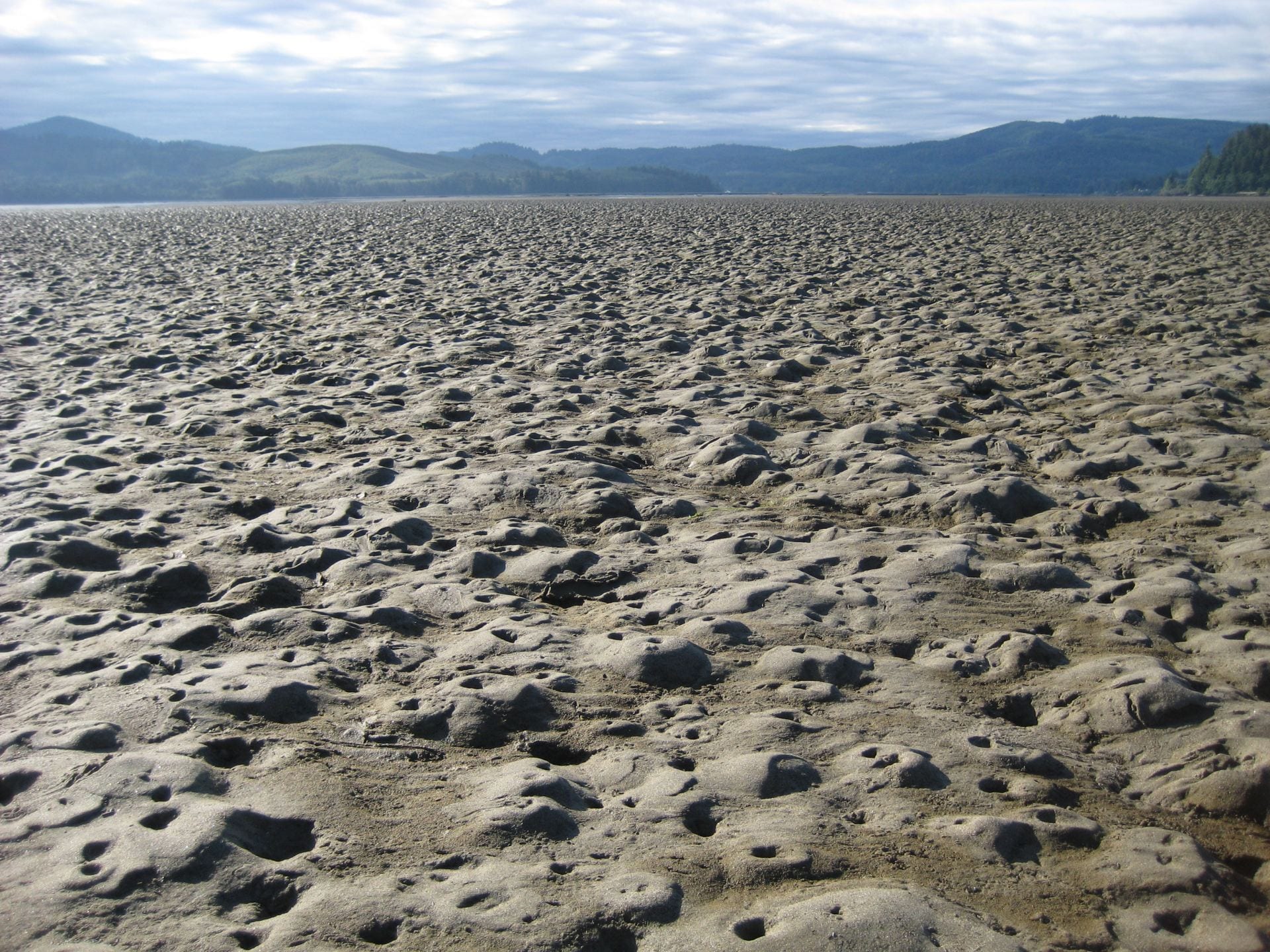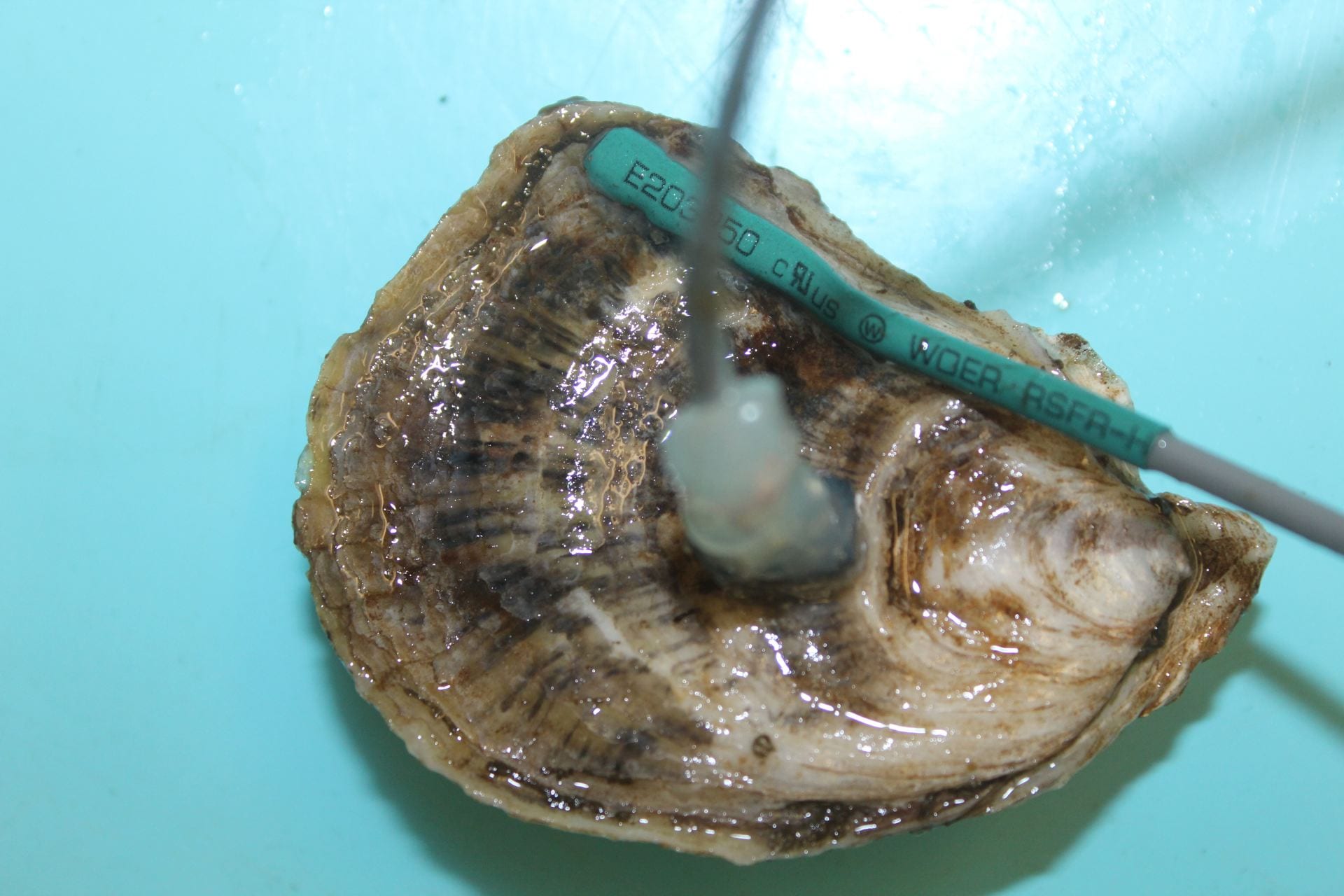Research Interests: I am broadly interested in the function of the seafloor – especially in the interactions between benthic invertebrates (polychaetes, molluscs, crustaceans) and their environment in coastal ecosystems. Current work in my lab includes three major research areas.

Bioturbation, i.e., particle reworking and irrigation by organisms, has enormous impacts on biogeochemical processes in marine sediments. In my lab we develop and use a range of novel sensor technologies that enables us to measure the activities and impacts of particle reworking and burrow ventilation with spatial and temporal resolutions adequate to characterize the geochemical heterogeneity and dynamics in bioturbated sediments. For more information click here….

Coastal sediment are among the most dynamic aquatic environments on Earth. How organisms deal with partially co-occurring rapid changes in key abiotic variables such as temperature, salinity, oxygen, and pH is not well understood. In my lab we use a suite of real-time sensor technologies to measure faunal responses to environmental changes to identify thresholds that relate to non-lethal stress. For more information click here…

Eutrophication is one of the major environmental problems in many coastal waters. As a research collaborator of Stony Brook’s Center for Clean Water Technology I am involved in several projects in which we investigate the functionality of novel wastewater and groundwater remediation systems with the goal of optimizing their nitrogen removal performance and minimizing the release of undesired by-products such as greenhouse gasses. For more information click here…
